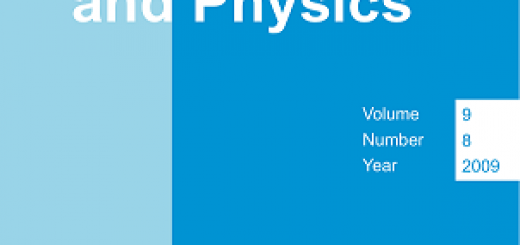NEW PUBLICATION: Programs and methods of long term dust monitoring
The journal Aeolian Research publishes, issue 6, a new study: a review on the methods and programs for long term in-situ dust monitoring.
Large amounts of dust particles are emitted from arid soils of the Earth (500–1500 teragrams/y) mostly located in the so-called ‘dust belt’, which extends throughout North Africa, Middle East, Central and South Asia to China. Secondary sources are placed in South and North America, Namibia and Australia. These emissions exert a considerable influence on the climate, biogeochemistry and air quality of our planet (Figure 1).
This new review article was performed by researcher of the Izaña Atmospheric Research Centre and the Research Council of Spain (CSIC). A critical review of the methods and programs for in-situ dust monitoring is presented. First long term observations started in the North Atlantic during the 1960s. Although dust programs rapidly expanded during the 1980s and 1990s, mostly across the Pacific and Atlantic oceans, only a few sites that have been active in the last 20–30 years continue operative nowadays (Figure 2). Techniques for long term measurement of mass concentration, size distribution, bulk composition, optical properties are reviewed, including accuracy, sources of errors, corrections and features of dust measurements.
Figure 1. Schematic illustration how microphysical and chemical properties of aerosol dust particles (usually measured by in situ techniques) participate in processes affecting climate.
Figura 2. Location of the atmospheric remote/background observatories where long term in situ measurements of aerosol dust have been performed during at least years. Red circle: sites active during at least the last two decades.
Publication:
|
Title: A review of methods for long term in situ characterization of aerosol dust. Link. Publication: Aeolian Research 6 (2012) 55–74. Authors: Sergio Rodríguez, Andrés Alastuey, Xavier Querol. |







